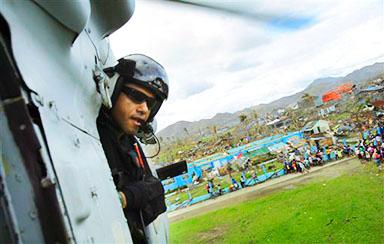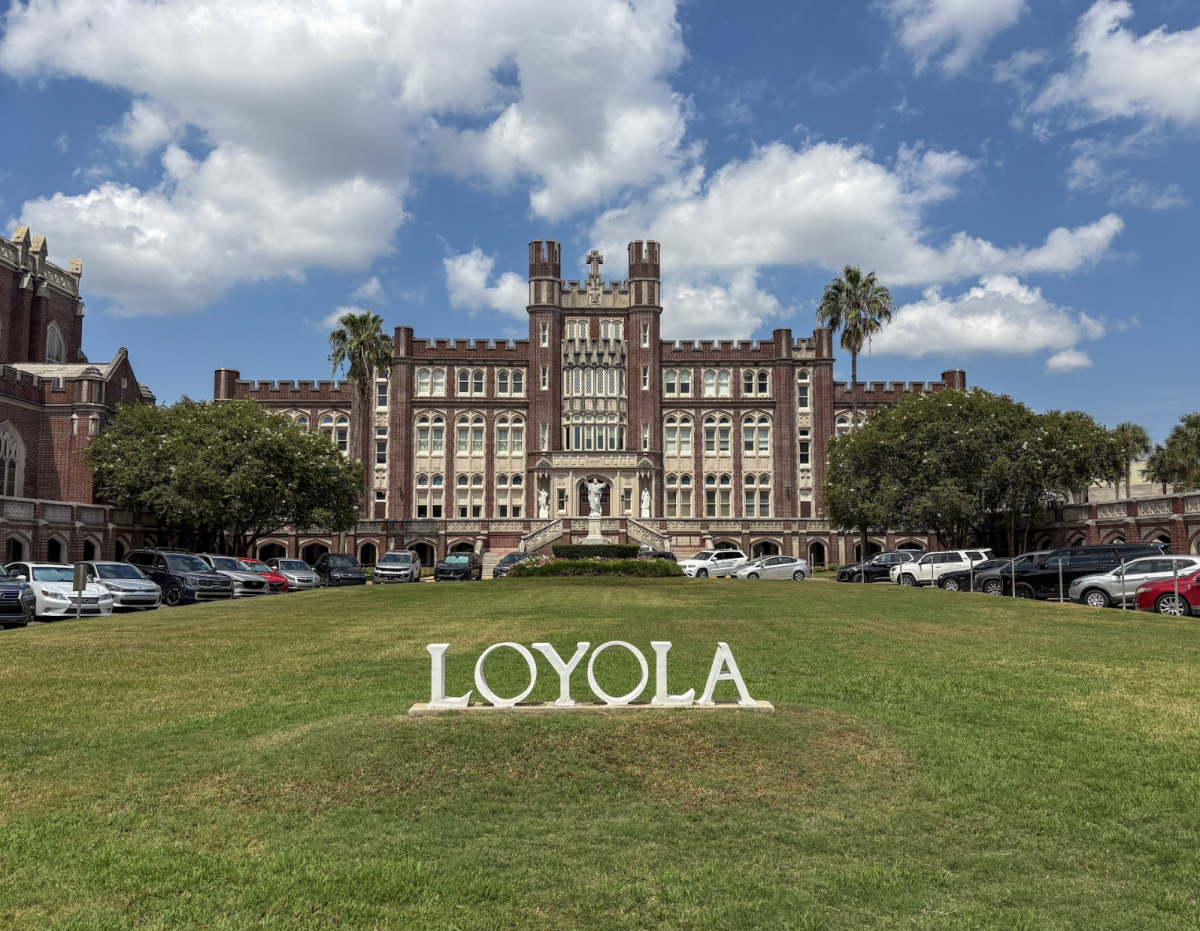Typhoon Haiyan pushed though the Philippines on Friday, Nov. 7, the category 5 storm killed more than three thousand people, according to the Joint Typhoon Warning Center.
International news outlets such as CNN show us images of people crowding into homeless shelters, desperate for food. Our natural response is to want to help. It is important to realize, however, that we cannot help these people overseas blindly. Different types of aid are helpful for various disasters and their different stages.
Typhoons, cyclones and hurricanes are all the same type of storm-their only difference lies in where they form. The National Oceanic and Atmospheric Organization defines a typhoon as a storm that forms in the Northwest Pacific Ocean.
A cyclone forms in the South Pacific Ocean and the Indian Ocean, while hurricanes form in the Atlantic Ocean and Northeast Pacific Ocean.
Since we live on the Gulf Coast, where hurricanes are frequent, it is easy to assume that we know a lot about the situation in the Philippines. However, it is important to remember that we live in a different country and have a different culture.
Our storm experiences are not the same as those of the Philippines, although they also have frequent storms.
We must not rely on our own knowledge of storms when we are deciding how to help the victims of Haiyan. We cannot compare what is happening in the U.S., a first world country, to what is happening in the Philippines, a developing nation.
In the early stages of a disaster, it is usually more helpful and cost efficient to send money instead of supplies. Make sure that you know where your money is going, and take the opportunity to educate yourself about not only the disaster in the Philippines but also Filipino culture.
We all want to help our neighbors in trouble. Let’s make sure that we do it as correctly and as efficiently as possible.
Categories:
Editorial: Know where your aid goes
When donating it is important to know how your aid is going to help the most
December 5, 2013

Golden Falcons chief Julio Grullon, surveys the landing zone for delivery of aid from his U.S. Navy Seahawk helicopter in Palo, Philippines, on Wednesday, Nov. 20. Hundreds of thousands of people were displaced by Typhoon Haiyan, which tore across several islands in the eastern Philippines on Nov. 8.
0
More to Discover






